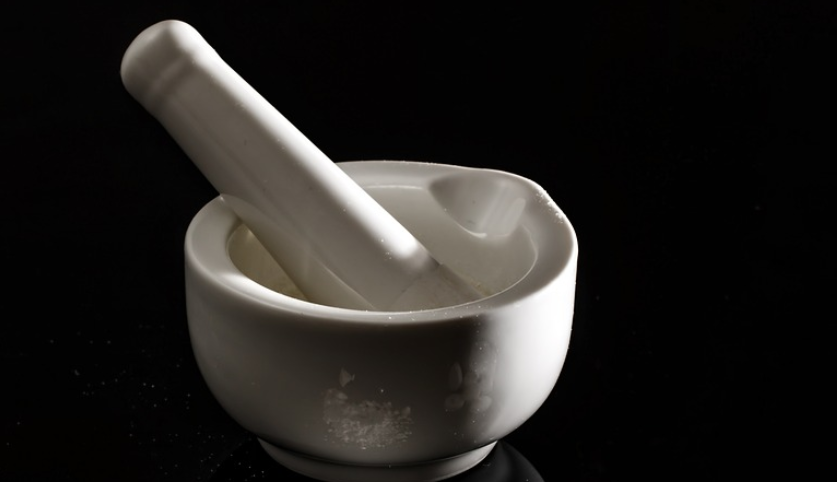Introduction
Chemical peels are a popular and effective way to improve the appearance and texture of your skin. This non-invasive treatment involves the application of a chemical solution to the skin, which causes the top layer of skin to peel off, revealing smoother, brighter, and more youthful-looking skin underneath. Chemical peels can also help to reduce the appearance of fine lines and wrinkles, fade age spots and sun damage, and even out skin tone and texture. In this article, we’ll take a closer look at how to perform a chemical peel and what you can expect from the process.
Types of Chemical Peels
There are several different types of chemical peels available, ranging from mild to deep. The type of peel you choose will depend on your skin type, concerns, and the desired level of improvement. The three main types of chemical peels are:
Superficial Peel
This is the mildest type of chemical peel, and it only affects the outermost layer of skin. It’s a good option for those with mild skin concerns, such as fine lines, sun damage, and uneven skin tone. A superficial peel typically uses alpha-hydroxy acids (AHAs) or beta-hydroxy acids (BHAs) to exfoliate the skin.
Medium Peel
A medium peel penetrates deeper into the skin than a superficial peel, targeting the middle layer of skin. It’s a good option for those with moderate skin concerns, such as deeper wrinkles, age spots, and acne scarring. A medium peel typically uses trichloroacetic acid (TCA) to exfoliate the skin.
Deep Peel
A deep peel is the most intense type of chemical peel, and it penetrates the deepest layers of skin. It’s a good option for those with severe skin concerns, such as deep wrinkles, sun damage, and significant scarring. A deep peel typically uses phenol acid to exfoliate the skin.
Preparing for a Chemical Peel
Before undergoing a chemical peel, it’s important to prepare your skin properly to ensure the best possible results. This includes:
- Avoiding sun exposure for at least two weeks before the peel
- Avoiding waxing or other forms of hair removal for at least one week before the peel
- Avoiding the use of retinol or other exfoliating skincare products for at least one week before the peel
- Informing your skincare professional of any medications or supplements you’re taking, as some may need to be temporarily discontinued before the peel
The Chemical Peel Process
The actual chemical peel process typically takes around 30 minutes to an hour, depending on the type of peel you’re receiving. This is what you can expect:
- Your skin will be thoroughly cleansed and prepped for the peel
- The chemical solution will be applied to your skin using a brush or cotton pad
- You may feel a slight stinging or burning sensation, which should subside in a few minutes
- The solution will be left on your skin for a predetermined amount of time (depending on the type of peel and your skin’s reaction)
- The solution will be neutralized and removed from your skin
- Your skin will be moisturized and protected with sunscreen
Recovering from a Chemical Peel
After a chemical peel, it’s normal to experience some redness, peeling, and mild discomfort. This typically lasts for a few days to a week, depending on the depth of the peel. To help your skin recover from a chemical peel, you should:
- Avoid sun exposure for at least two weeks after the peel
- Avoid picking at or scratching your skin
- Moisturize your skin regularly
- Use a gentle cleanser and avoid exfoliating your skin for at least one week after the peel
- Avoid strenuous exercise or sweating for at least 24 hours after the peel
Conclusion
Performing a chemical peel is a safe and effective way to improve the appearance and texture of your skin. By understanding the different types of peels, preparing your skin properly, and following the proper aftercare, you can achieve the best possible results from your peel. If you’re considering a chemical peel, be sure to consult with a skincare professional to determine the best type of peel for your specific needs and concerns.

